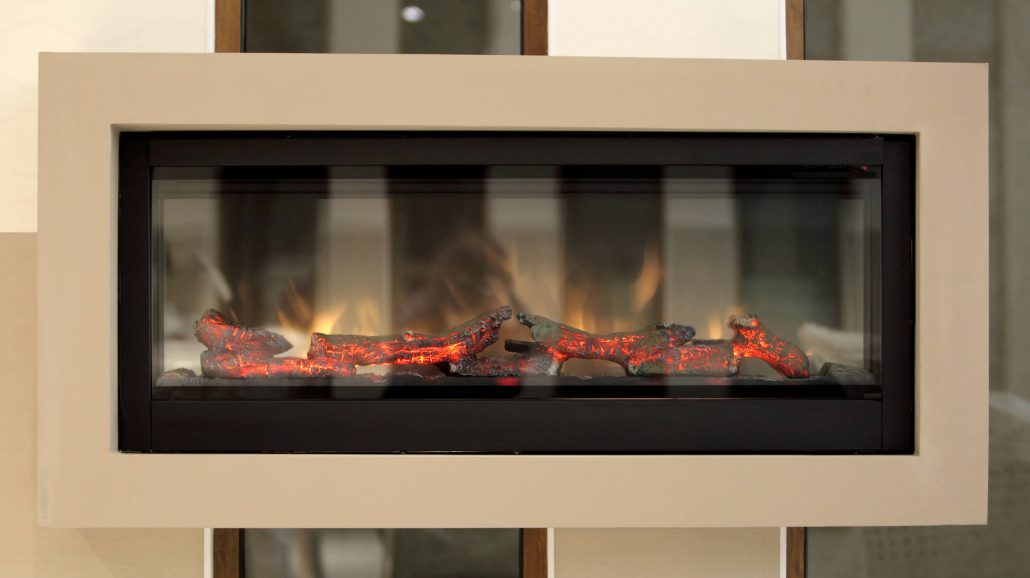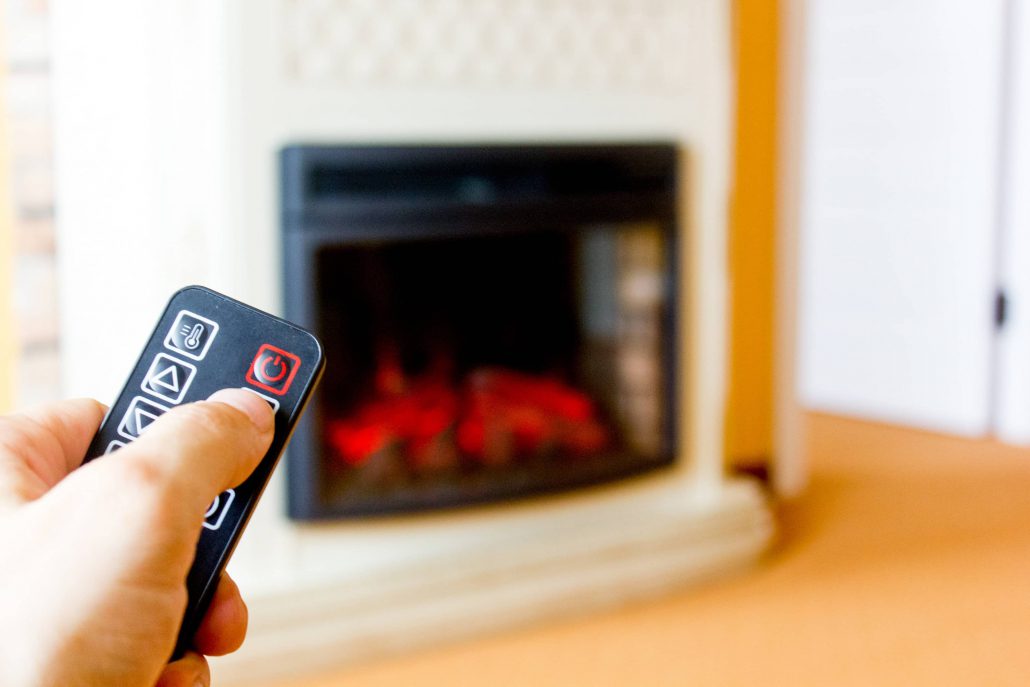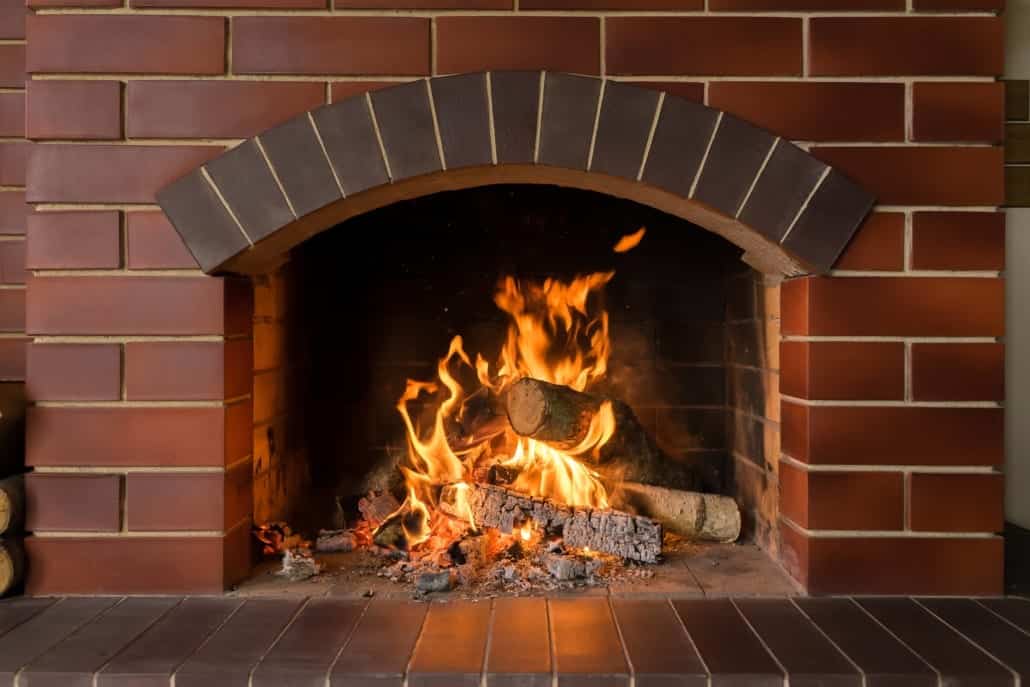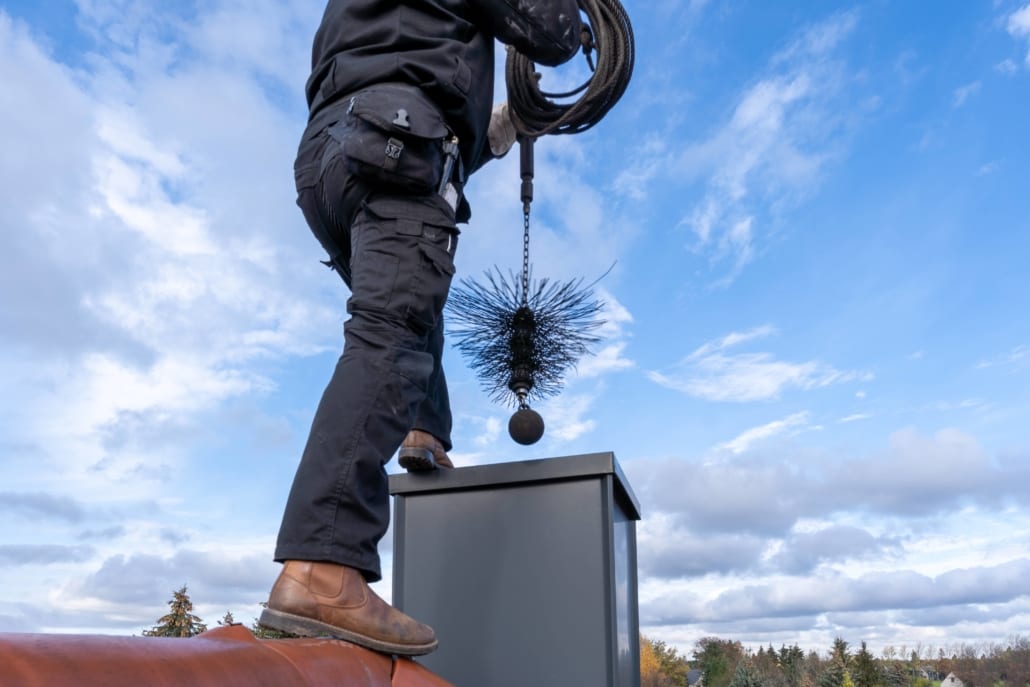It is wintertime and you are sitting in your home wondering what can be done to warm your living space up even better than your furnace. Then it dawns on you that you can purchase an electric fireplace. This is an easy install and quick fix to your heating needs. They also are safer than purchasing a space heater. How do electric fireplaces work? They suck in cool air and heat the air with heating element coils. Then a fan system pushes out the hot air.
Let’s take a look at the advantages and basics involving an electric fireplace.

Advantages Of An Electric Fireplace
There are a few advantages to an electric fireplace as opposed to a wood-burning one. Let’s take a look at those advantages.
Easy Installation
Simply put, you need an electrical outlet that is 120 volts for a standard unit and 240 volts for a larger unit.
Safer to Use
Electric fireplaces give off no gasses, fumes such as carbon monoxide, or other cancer-causing agents. Better choice than a traditional wood fireplace and gas fireplaces.
No Mess
There is no burning wood to clean up or soot to remove from the chimney. Also, there are no real flames and the ones created are for aesthetics. Instead of lighting a log or sparking a fire, you simply turn on the switch to the fireplace as if you were turning on a light or fan in your home.
Cost Effective
There is no product to purchase such as wood or gas. Your electric bill will not go up that much as the national average cost of running an electric fireplace is 8 to 9 cents per hour. You are likely to spend between $50 to $100 per year.
How Electric Fireplaces Work
An electric fireplace utilizes a fan and heating coil system. Cold air is drawn into the electric unit and then heated by a heating coil. Once the air is heated by the heating element to the settings selected by the homeowner, the heated air is then dispersed by a fan system. This keeps costs down and is relatively cheap to power. From an aesthetics perspective, you can change the flame to make it a realistic flame or something smaller.

How Much Do They Cost
Believe it or not, the cost of an electric fireplace is rather in-expensive. Smaller units will cost you about $200 and can heat your small living space. Larger units can run you about $700 and these will heat an area of 400 square feet or greater. This is much cheaper than having a fireplace or woodstove installed at a range of $850 to $3,500 per unit.
Other Recommended Maintenance
While you are on the kick of a fireplace, it is a good time to also check into your other heating sources. Maintaining the furnace and gas appliances can only keep you warm and cozy in the cooler months. If the furnace stops working, it could be the circuit breaker, thermostat, filter, or pilot light to name a few. Call a professional to assist you in maintaining the furnace and your other gas appliances.
Adding an electric fireplace could be an option for you to add aesthetics to your living space. Some people buy electric fireplaces even when they have an actual built-in fireplace. Getting your fireplace checked is necessary maintenance. Make sure to read up on the necessary fireplace and chimney maintenance.
Lastly, you will want to check your fresh air intake vents. Making sure these are cleaned and free from blockage is necessary maintenance. Hire a professional to inspect your HVAC unit and fresh air intake vents.

When Do I Call A Professional
Call on a professional when you have purchased an electric fireplace and are unsure how to install it. A professional contractor will know the best location to place the electric fireplace and how to mount it on your wall. They also know where to plug in the fireplace. Hopefully, you won’t need to have an extra outlet installed. That will require you to hire a local electrical contractor and can increase your expenses.
Conclusion
Installing an electric fireplace can be a simple project. Most units are readily built with an outlet plug to keep things simple. Before upgrading your living space, you should call for a home inspection to make sure that an electric fireplace is a good investment for your home. Getting the home inspection saves you time and money as you invest in home upgrades. Give Home Inspection Geeks a call. Home Inspection Geeks can take a look at your heating needs when we come out for a home inspection in the Cook, Lake, and DuPage Counties, IL.



